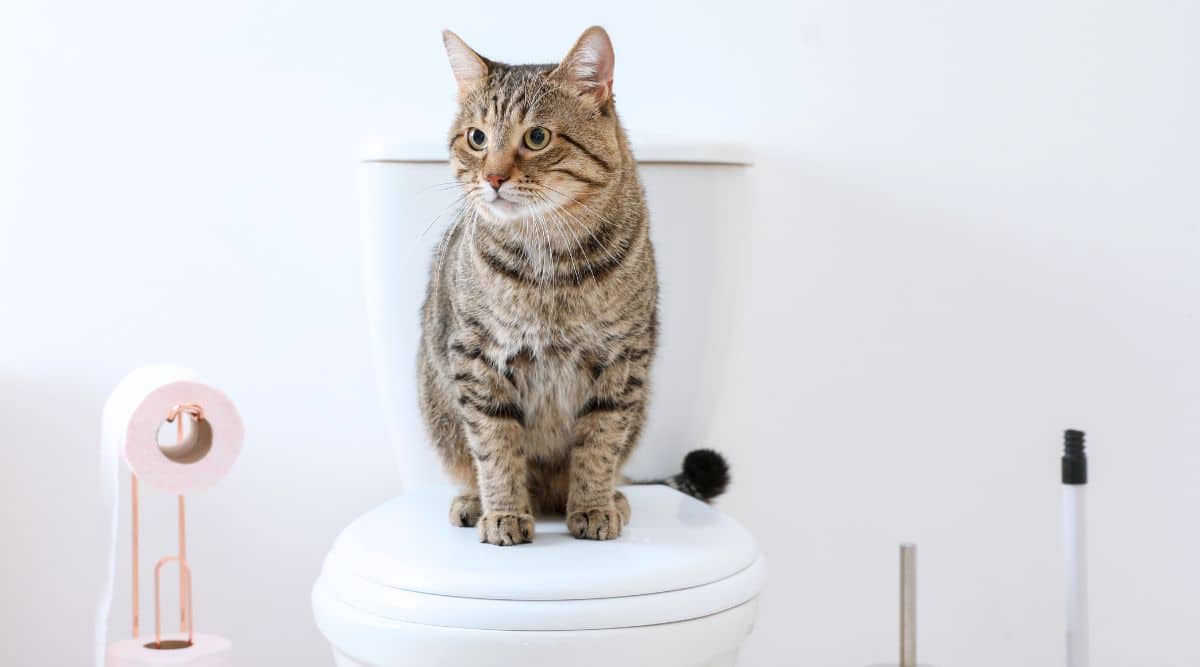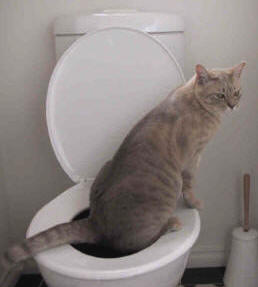Just how do you really feel about 10 Things You Should Never Flush Down The Toilet?

When it involves getting rid of waste, specifically animal waste, lots of people usually turn to the convenient choice of flushing it down the toilet. Nevertheless, this apparently simple service can have significant repercussions for the atmosphere and public health. In this article, we'll discover why flushing pet waste down the bathroom is a poor idea and give alternative techniques for proper disposal.
Intro
Proper waste disposal is crucial for keeping environmental sustainability and public health. While it might appear safe to purge animal waste down the toilet, it can result in various problems, both for the setting and human well-being.
Dangers of flushing pet waste
Ecological impact
Purging pet waste presents harmful germs and virus right into rivers, which can negatively impact water environments. These virus can infect water resources and damage aquatic life, interrupting delicate environments.
Public health issues
Pet waste consists of dangerous bacteria such as E. coli and Salmonella, which can pose severe health dangers to people. Flushing pet waste down the commode can contaminate water materials, resulting in the spread of illness and infections.
Alternatives to flushing
As opposed to purging pet waste down the commode, there are several alternative disposal techniques that are much more environmentally friendly and hygienic.
Composting
Composting animal waste is a green means to get rid of it. By composting, organic matter is broken down into nutrient-rich dirt, which can be used to feed gardens and plants.
Landfill disposal
Getting rid of pet waste in a landfill is one more alternative. While not as eco-friendly as composting, it is a safer alternative to flushing, as it avoids the contamination of water resources.
Pet dog waste disposal systems
There are specialized pet dog garbage disposal systems readily available that safely and hygienically throw away pet waste. These systems commonly use enzymes to break down waste and eliminate odors.
Steps to appropriate animal waste disposal
To guarantee correct disposal of animal waste, follow these steps:
Scooping and bagging waste
Frequently scoop and bag animal waste making use of eco-friendly bags. This stops waste from infecting the environment.
Utilizing designated waste bins
Dispose of bagged pet waste in marked waste bins, such as garden compost bins or landfill containers. Avoid flushing it down the bathroom in any way prices.
Cleaning up litter boxes and family pet areas frequently
Consistently clean can and family pet locations to prevent the buildup of waste and bacteria. Usage pet-safe cleaning products to maintain hygiene.
Benefits of appropriate disposal approaches
Adopting correct disposal techniques for pet waste provides a number of benefits:
Decreased environmental pollution
Appropriate disposal approaches reduce the threat of environmental pollution, safeguarding waterways and ecological communities from contamination
Minimized threat of water contamination.
By avoiding flushing pet waste down the commode, the danger of water contamination is considerably lowered, protecting public health.
Enhanced sanitation and hygiene
Appropriate disposal techniques advertise better sanitation and health, creating a more secure environment for both humans and animals.
Conclusion
Finally, flushing pet waste down the bathroom is hazardous to the environment and public health. By adopting different disposal methods and following correct waste monitoring methods, we can minimize the negative impact of animal waste and contribute to a cleaner, healthier earth.
What To Do With Dog Poo – The Do's And Don'ts Of Disposing Of Faeces
Dog poo bins
Some councils provide dedicated dog waste bins in popular dog-walking areas that can take dog poo that has been bagged but you can legally dispose of dog waste in any public litter bin, as long as it is securely bagged. This also applies to your wheelie bin at home.
Do not flush
Water companies do not recommend flushing dog faeces down the toilet because certain parasites can survive the water processing treatment and are potentially harmful to humans. You should also never consider flushing dog poo that has been bagged down the toilet as the bags will not break down and instead create severe blockages in the sewage system.
In the woods
The Forestry Commission promotes a ‘stick and flick’ method for dealing with waste in the woods. This means finding a stick and using it to flick any poo from off the path so that it is out of the way of other walkers. You could also bury it as long as it is not in an area where there might be livestock.
Livestock
Parasites found in dog poo can be transmitted to livestock if they inadvertently eat infected faeces that has been left on grazing land. This could result in the death of sheep or abortion in cattle so you should always make sure you pick up your dog’s waste in fields where livestock could be present.

As a fervent reader on , I imagined sharing that piece was a smart idea. Make sure you take a moment to promote this entry if you appreciated it. Thank-you for going through it.
Call Today